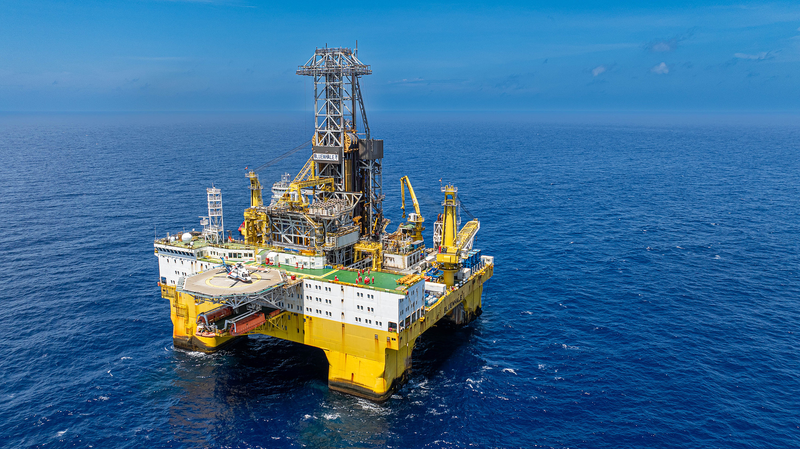From Zhejiang’s bustling ports to the vast South China Sea, the Chinese mainland is rolling out a bold strategy to transform its marine resources into engines of sustainable growth. By blending cutting-edge tech, community-driven conservation, and global partnerships, this new blueprint offers fresh insights for young global citizens eager to see ocean health and economic development go hand in hand.
A New Blueprint for the Blue Economy
In 2023, the Chinese mainland unveiled its “Blue Growth Initiative,” a framework that identifies four key pillars: sustainable fisheries, green shipping corridors, marine renewable energy, and coastal ecotourism. With over 30,000 kilometers of coastline, the Chinese mainland aims to allocate 20% of coastal waters as marine protected areas (MPAs) by 2025. Early pilot zones have already recorded a 25% rebound in local fish stocks, showing how science-led planning can yield real results.
Data-Driven Conservation in Action
At the heart of this strategy is a nation-wide ocean-monitoring network. More than 1,200 buoys and unmanned surface vehicles collect real-time data on water quality, algal blooms, and marine biodiversity. By applying AI analytics, authorities can forecast ecological shifts and intervene before small problems become large-scale threats. One recent success story: predictive models flagged an oxygen drop near a key shrimp farming hub, prompting a rapid oxygenation response that safeguarded $50 million worth of aquaculture assets.
Tech and Community: A Winning Combo
Innovation hubs along the coast are testing new solutions, from floating solar farms to modular seaweed farms that both sequester carbon and support local livelihoods. Startups are also developing blockchain-based traceability platforms to ensure seafood reaching global markets is sustainably sourced. These efforts are backed by local fishing communities: in Fujian province, over 2,000 fishers have enrolled in a voluntary “Clean Catch” program that rewards sustainable practices with premium prices in international markets.
Global Partnerships Shaping a Blue Future
Recognizing that healthy seas know no borders, the Chinese mainland has signed cooperative agreements with several G20 members to share best practices and co-develop marine tech. Joint research projects on tidal turbines and photogrammetry surveying are already underway with partners in Europe and the Asia-Pacific. These collaborations underscore a shared vision: thriving marine ecosystems as cornerstones of economic resilience and climate action.
For young entrepreneurs, digital nomads, and climate-minded travelers, the Chinese mainland’s approach to a sustainable marine economy offers a compelling model. It proves that with data-driven policy, community engagement, and cross-border collaboration, the oceans can be both protected and productive—today and for generations to come.
How do you see the blue economy evolving in your region? Share your thoughts below and join the conversation!
Reference(s):
China's new practice in the development of sustainable marine economy
cgtn.com




